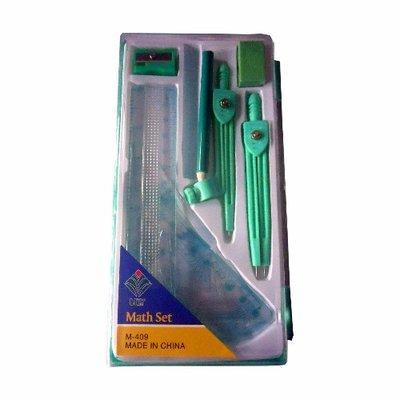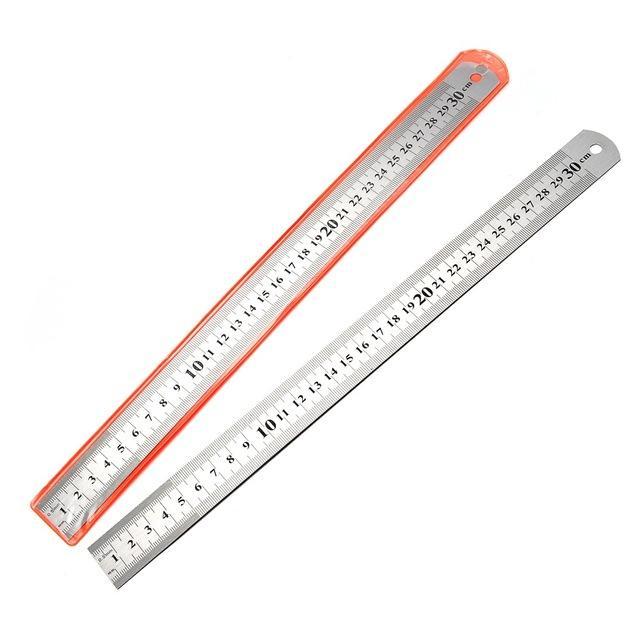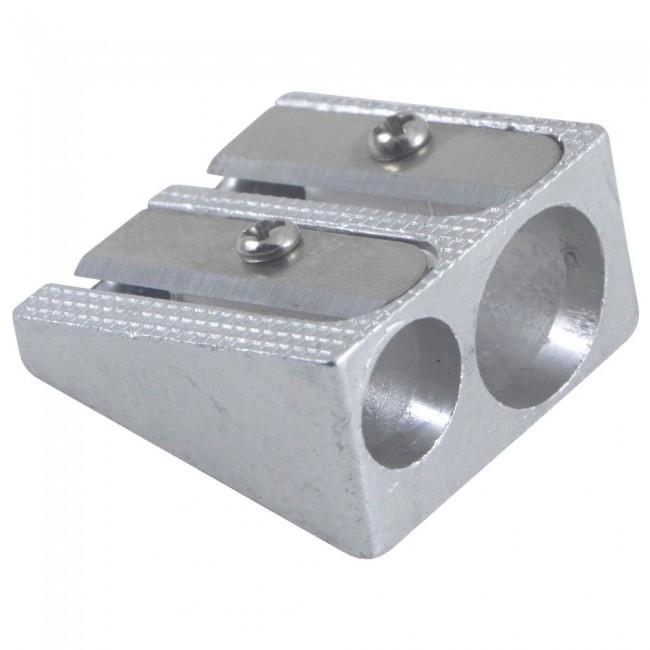You can turn your home to a cinema with the right television set. This should be a thrilling experience to always look forward to everyday. It even gets better with the right home theatre set. Here are things to note to creating a home theatre that is exciting:
Locate your favourite visual sweet spot
While engineers and scientists have come up with the ideal viewing distance for watching HDTVs, you should simply take the TV display’s diagonal screen size and multiply it by 1.5 to 2.5 to locate the ideal spot. This would be the distance from your couch, chairs or other seating choices from the font of the television.
Use sound bars for smaller rooms
Nothing creates the cinematic experience like loud speakers. For smaller rooms, arrange multiple speakers into a single-low profile, horizontal mode. New models of loud speakers can fit below the TV screen, while some others serve as base.
Do you know you can buy now and pay later? With V-Credit from Vanplus powered by Fund Quest, you can shop for anything of interest on our store to pay at later stage.
Learn more here
No clue of what to gift your loved ones? Get Vanaplus Gift Card and let that special person redeem the card by shopping for any thing of interest with the same value of the card.
Learn more here
Create space for Wall-Shaking Bass
A bass-only class of speaker is designed to vibrate the room. Don't mount these boxy speakers in a cabinet (where their vibrations would be intense, but put on the floor). Just make sure there is enough space right against one of your home theatre's walls preferably in a corner.
Put Speakers in Bookshelves
Set up speakers so that sound effects, dialogue, and other audio come from different directions, such as left, right and centre. You can as well go with a pair of massive floor-standing speakers but for tight spaces, place the smaller speakers on bookshelves, by the left and right side of the TV.
Mount Up for Surround Sound
Though complex, the ideal audio set up is to fully surround sound, entailing six total audio channels, or speakers—one for the centre, the right and the left, two for the rear, and one sub woofer. One problem might be the rear-channel placement. In case you stumble across the perfect pair of shelves or other furniture to set those speakers on, go the distance and mount the rear channels in the wall
Sit Up Straight For 3D
If you plan on watching a lot of 3D content, get yourself a seat with a stiff back. Why? Because tilting your head to one side or the other can garble the 3D effect—meaning the sort of sprawling position typical to couch-based viewing is no good. So make sure your chair or couch faces forward, in a way that discourages slouching and lounging.
Check Your Angles
Some HDTVs can be viewed from relatively extreme angles (to the left, right, or even from above and below), while others require more of a dead-center position. Before you drill any holes or buy any new furniture, stick the TV roughly where it's going to go, turn it on, and make sure none of the room's seating options are getting completely short-changed.
Turn Away From Glare
While checking for bad angles, consider how much light is hitting the screen from your windows at various times of the day. The same goes for unnatural light (lamps, track lighting, etc.). Even the brightest image can't compete with intense glare, so try to position the TV in as much round-the-clock shadow as possible.
Kill Two Birds With One Curve
Those last two issues—bad angles and screen glare—can be largely dealt with by opting for a curved HDTV. The subtle bend in these displays actually increases the total viewing angle to either side of the TV, while also limiting total glare. Prioritizing this feature can take some of the fuss out of the overall home theatre set up.
Put on Headphones, And Sit Wherever You Want
Until very recently, headphones and TVs were an awkward fit, requiring that you either sit uncomfortably close to the screen (since most earphone cords aren't more than a few feet long), or figure out where to put the bulky, interference-prone radio-frequency transmitters that work with wireless headphones. But a handful of newer products let you plug standard headphones directly into a remote control, giving you access to perfectly synced, perfectly private audio, from essentially any seat in the room. Only a handful of products currently offer this feature, the most recent of which is the Play Station 4, which has an audio jack built into the game controller.

Akpo Patricia Uyeh
Patricia is a multimedia freelance journalist/ Blogger, who works with Allure Vanguard presently. She is passionate about youth empowerment, women and children’s rights as well as journalism. She holds a Master’s degree in Regional Planning and Development from the University of Lagos, Akoka.





















